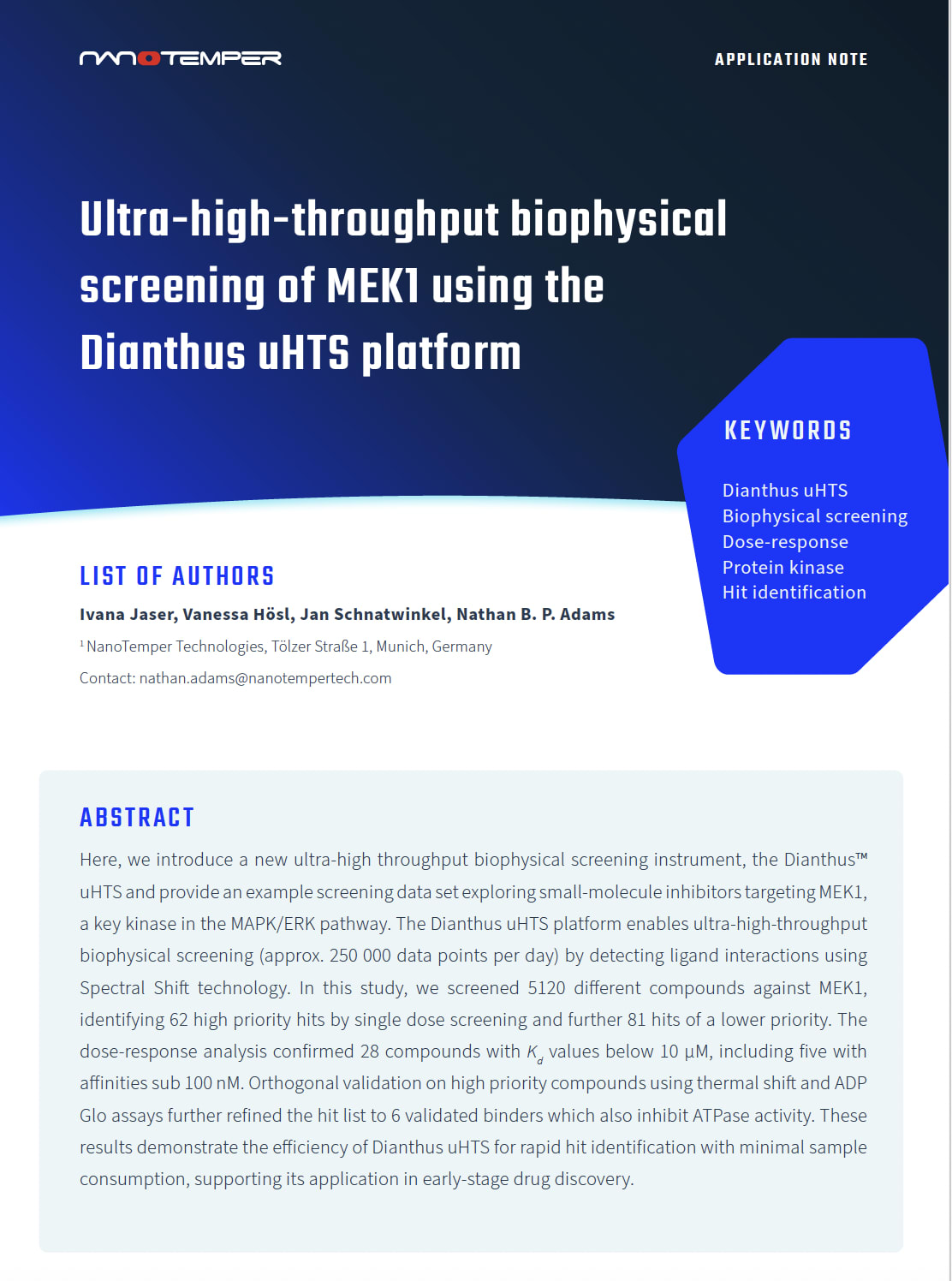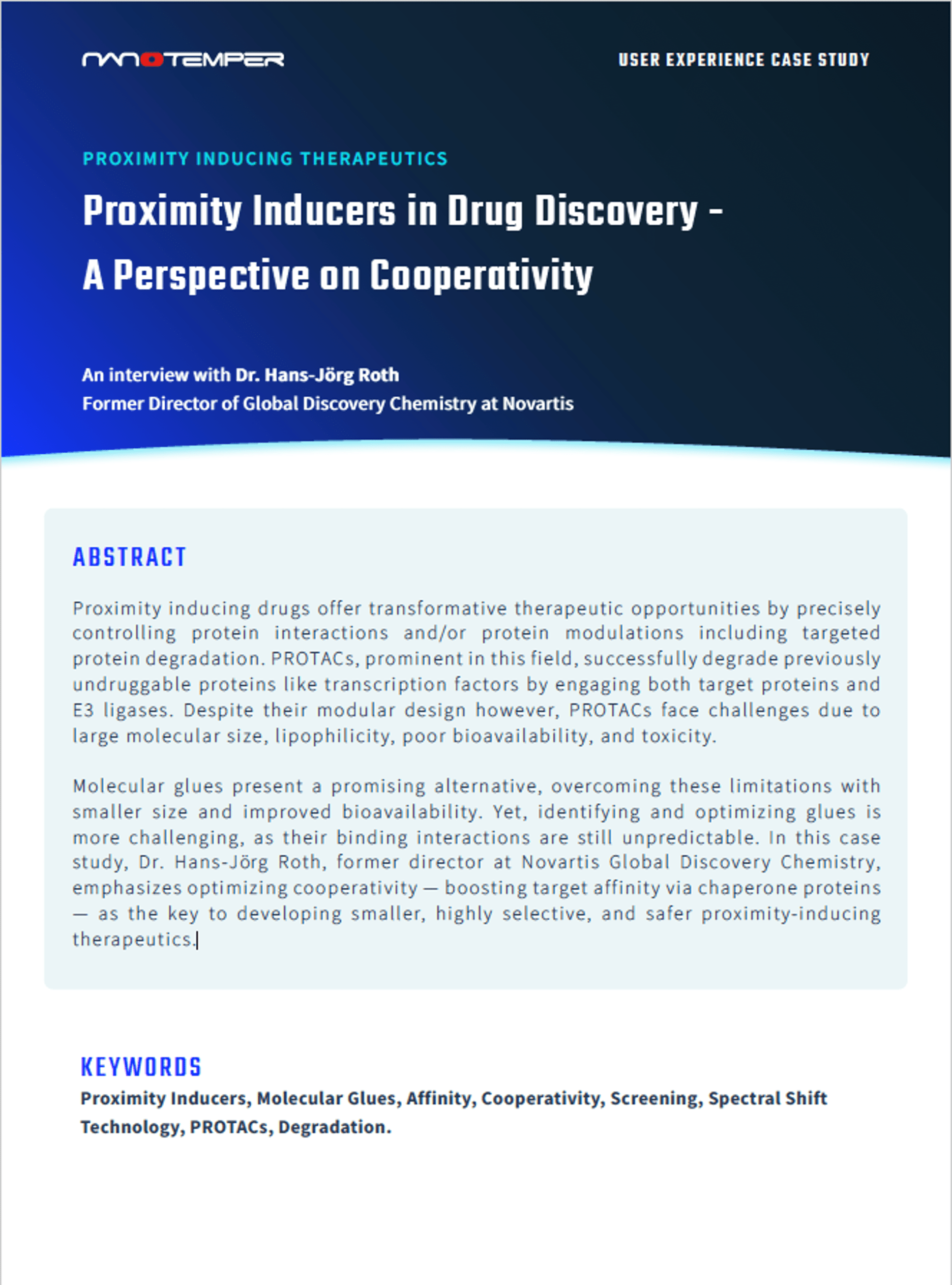
5,200 researchers, representing all of life sciences, gathered in San Diego in late January to discuss the latest in automation and screening solutions. Improvements in automation and screening are a win for all researchers, helping them get to precise answers more quickly and cost-effectively. This year, there was a particular focus on advancements in the field of gene therapy.
From all of the exciting new findings, here are the top three takeaways we observed at SLAS 2020.
1. Get to a deeper characterization of lead candidates sooner in the workflow
With continued improvements in automation and screening technologies, researchers are demanding more biophysical analysis of their proteins such as stability, aggregation and binding interactions earlier on in their workflows as they select their lead targets.
2. Define the link between RNA and gene therapy
During the Druggable RNA session, the role of structural RNA was the focus of discussion. Even though ~85% of the human genome is transcribed into RNA, only ~3% encode proteins. This abundance of structural RNAs have functions waiting to be revealed and could be the next emerging class of biotherapeutic targets.
3. Confirm the relevance of your targets in cell-based approaches
With advances made in 3D cultures and on organs-on-a-chip technologies, researchers are gaining a stronger understanding of the interactions involved in diseases such as cancer and neurodegenerative disorders.
Are you ready to learn about the latest in automation and screening to help your research?
Scientists who have struggled with fragment-based drug discovery screening are choosing Dianthus as their solution to quickly and precisely select the hits that are missed by other technologies.
Learn how you can screen for hits faster with Dianthus.
Stay on the journey for the key takeaways from life science conferences. Here is where NanoTemper is heading next. We’ll make sure to share what we learned.








